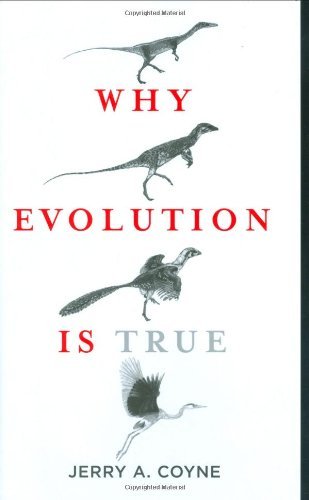
Darwin's Black Box: The Biochemical Challenge to Evolution
Book Description
What if the key to understanding life lies in its smallest parts? In "Darwin's Black Box," Michael J. Behe challenges the foundations of evolutionary theory by showcasing the stunning complexity of molecular biology. With each page, readers journey into a world where biochemical systems reveal the intricate design behind life itself, leaving behind the randomness of natural selection. Unraveling the mysteries of irreducibly complex structures, Behe crafts an argument that is as thrilling as it is provocative. As science and belief collide, one question looms: can the intricate machinery of life truly be a product of chance?
Quick Book Summary
In "Darwin's Black Box," biochemist Michael J. Behe presents a challenge to Darwinian evolution by focusing on the intricate molecular machinery within living cells. Behe introduces the concept of "irreducible complexity," arguing that certain cellular systems are so complex and interdependent that they could not have evolved incrementally via natural selection. He contends that the molecular foundation of life contains structures whose functionality depends on the simultaneous existence of all their parts, suggesting that such complexity points to intelligent design rather than random mutation and natural selection. The book critically examines the limitations of current evolutionary explanations for biochemical systems, sparking ongoing debates in science, philosophy, and theology.
Summary of Key Ideas
Table of Contents
The Concept of Irreducible Complexity
Behe begins by highlighting the revolution brought about by advances in biochemistry, which have exposed the extraordinary intricacies present within even the simplest living cells. He explains that, in Darwin’s era, the inner workings of cells were a ‘black box’—mysterious and unknown. However, modern science has revealed astonishingly complex molecular machines, prompting deeper questions about their origins and mechanisms.
Limits of Darwinian Evolution at the Molecular Level
Central to the book is Behe’s concept of irreducible complexity. He argues that certain biochemical systems—such as the bacterial flagellum, blood clotting cascade, and cellular transport mechanisms—are composed of multiple, interdependent parts. If any single component is removed, the system ceases to function. Behe claims this makes it implausible for such systems to have evolved step-by-step, as natural selection favors only immediately advantageous changes.
Case Studies of Cellular Machines
Behe examines several cellular structures, offering them as case studies to illustrate irreducible complexity. He describes in detail how components like cilia, the immune system, and cellular motors operate with intricate precision. Each part, he maintains, appears finely tuned and essential, challenging the sufficiency of traditional evolutionary pathways to account for their simultaneous emergence and functional integration.
The Argument for Intelligent Design
The book argues that, given the limits of Darwinian evolution to explain irreducibly complex systems, a more plausible explanation is intelligent design. Behe does not attempt to identify the designer but insists that the evidence of design is empirically accessible through the molecular complexity itself. He draws analogies to human-made machines, where complexity arises purposefully rather than accidentally, suggesting a similar inference is warranted in biology.
Implications for Science and Society
Behe closes with reflections on the broader implications of his argument. He advocates that science must honestly confront the origins of cellular complexity and that rejecting design solely on philosophical grounds is unscientific. He acknowledges the controversy such a stance incites, especially in relation to religious and secular worldviews. Nevertheless, Behe urges the scientific community to remain open to alternative explanations and stresses the profound philosophical and societal ramifications surrounding life’s origins.
Download This Summary
Get a free PDF of this summary instantly — no email required.





